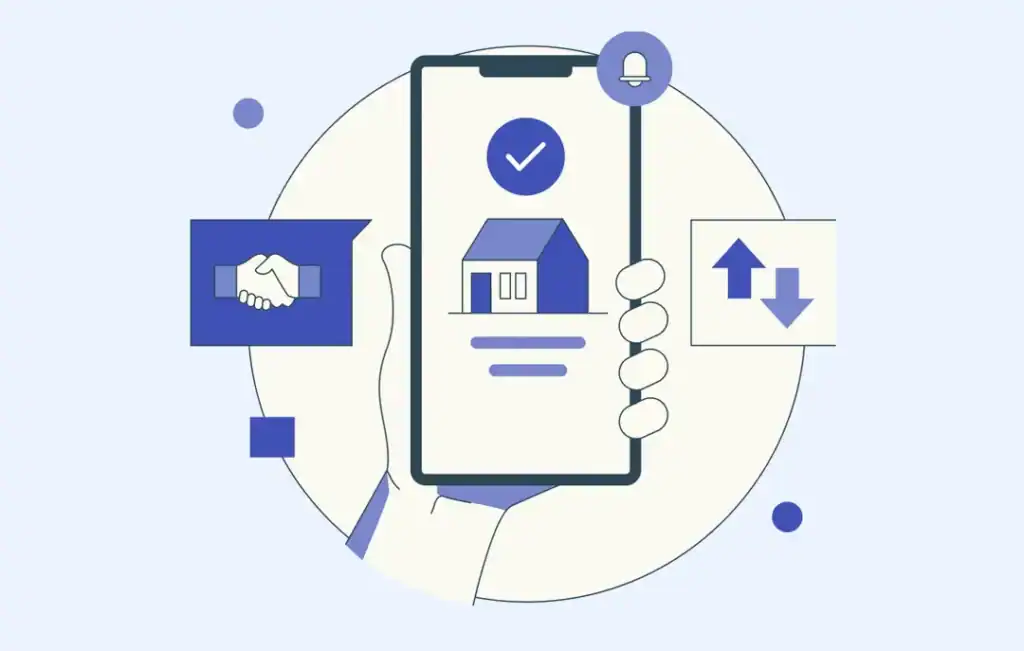The landscape of homeownership continues to evolve, responding to shifts in economic realities, demographic changes, and the desire for greater housing equity. Among the various initiatives to support access to homeownership, tenants-to-owners programs have emerged as a critical pathway for renters seeking to transition into ownership. These programs enable qualified tenants—often participants in affordable housing developments or subsidized rental communities—to purchase their units, fostering stability and community empowerment. In this context, Multiple Listing Service (MLS) platforms, long instrumental in property transactions, have adapted to support the unique complexities of tenant-to-owner initiatives. This article explores how MLS systems facilitate listings, searches, and transactions under these programs while enhancing transparency and market efficiency for all stakeholders involved.
Understanding Tenants-to-Owners Programs
Tenant-to-owner programs are designed to convert rental units into owner-occupied properties, typically within affordable or community housing frameworks. Such efforts often involve collaboration among property owners, housing authorities, nonprofit organizations, and government agencies. The goal is to help renters build equity and gain long-term housing security while promoting neighborhood stability. These programs usually feature underwriting that considers tenant financial readiness, education about homeownership responsibilities, and sometimes, phased purchase options that ease the financial transition. Because the properties involved may be subject to restricted resale terms, affordability covenants, or shared equity agreements, transactions under these programs require special attention during marketing and sale processes.
Role of MLS in Supporting Tenants-to-Owners Transitions
Given their centrality in real estate brokerage, MLS platforms play a vital role in bringing tenant-to-owner properties to market visibility. Traditionally, MLS has concentrated on the resale of market-rate homes with conventional financing structures. However, as tenant-to-owner initiatives grow, the need for MLS listings that accurately reflect program-specific restrictions and benefits has become evident. By integrating detailed property data, financial terms, affordability conditions, and eligibility requirements, MLS sites enable agents and buyers to navigate these offerings confidently. Enhanced search filters can isolate tenant-to-owner eligible units or those with income restrictions, while embedded documents clarify legal limitations. Through this increased transparency, MLS fosters trust in what could otherwise be a complex transaction.

Tailoring MLS Features for Tenant-to-Owner Listings
To effectively support these programs, MLS platforms have introduced or expanded specialized fields that go beyond standard property details. Listings may include not only price, size, and location but also income eligibility parameters, maximum resale prices, shared equity formulas, and expiration dates for affordability restrictions. Customizable sections allow agents to upload program guidelines, household qualification forms, and deed restrictions so that prospective buyers have easy access to pertinent information. Moreover, broker remarks can emphasize aspects like required homebuyer education courses or financing assistance options available through the program administrator. By centralizing this information, MLS ensures that listings communicate both opportunity and obligation.
Navigating Financing and Qualification Complexities
Mortgage underwriting for tenant-to-owner properties often diverges from traditional home loans. Financing institutions may offer special products designed to accommodate affordability restrictions or shared equity models, but these often require extensive documentation and pre-approval processes. MLS platforms contribute by linking to lender networks familiar with such products or by flagging listings eligible for specific financing packages. For agents and buyers alike, understanding program qualification criteria—such as income thresholds, credit score minimums, and residency requirements—is critical. Enhanced MLS data fields and searchable tags help clarify which units are accessible based on applicant profiles, simplifying what could otherwise be an onerous pre-qualification stage.
Challenges in Listing and Transacting Tenant-to-Owner Units
Despite advances, several challenges persist in the seamless listing and sale of tenant-to-owner properties. Not all MLS systems uniformly support the complex datasets these programs demand, and listing agents sometimes lack sufficient training to accurately portray affordability covenants. The presence of resale price caps, right-of-first-refusal clauses, or cooperative board approvals further complicates transactions, requiring coordination with program administrators. Buyers often encounter extended timelines due to application reviews or educational prerequisites. MLS platforms must continue to evolve, incorporating feedback from housing agencies and practitioners to standardize data entries and streamline workflows.
The Role of Agents in Facilitating Tenants-to-Owners Sales
Real estate professionals play an indispensable role in guiding tenants and buyers through the unique environment that tenant-to-owner programs represent. Well-versed agents not only harness MLS tools to identify eligible properties but also serve as educators about program requirements and benefits. Agents often collaborate closely with intermediary organizations, such as housing nonprofits or municipal offices, to ensure compliance with program mandates and to support clients’ preparation for ownership. Their ability to accurately input listing data, communicate eligibility, and coordinate documentation expedites the sale process. Moreover, agents advocating for these programs enhance access and affordability by connecting underserved populations with sustainable ownership opportunities.

Benefits of MLS Integration for Community Housing Goals
By incorporating tenant-to-owner listings into MLS platforms effectively, the broader mission of fostering equitable homeownership is advanced. Inclusivity in MLS listings highlights affordable ownership pathways alongside traditional markets, normalizing accessibility and reducing stigma. Increased market transparency mitigates risks for both sellers and buyers, essential in transactions layered with restrictions and covenants. Additionally, by improving market visibility of such properties, MLS encourages investment in community-based housing solutions and aligns real estate practices with affordability policy objectives. Thus, MLS technology supports social impact alongside its commercial function.
Technology and Collaboration
Looking ahead, innovations in MLS technology and stakeholder collaboration promise to enrich tenant-to-owner program support. Automation of documentation uploads and real-time updates of eligibility parameters would reduce errors and administrative burden. Artificial intelligence might assist in matching tenant profiles with program-eligible units or predicting loan approval likelihood. Integration with municipal and nonprofit databases could sync residency status and financial qualification dynamically. Furthermore, interactive virtual tours tailored to these properties could enhance buyer engagement. Success hinges on partnerships among MLS providers, housing agencies, lenders, and advocacy groups working toward standardized data frameworks and responsive systems.
Conclusion
Tenant-to-owner programs represent a powerful force in democratizing homeownership and stabilizing communities. As this sector grows, the adaptation of MLS platforms to meet its particular demands becomes increasingly vital. By integrating nuanced listing details, facilitating financing clarity, and supporting agents with specialized tools, MLS systems enhance the accessibility and efficiency of these unique real estate transactions. While challenges remain in standardization and education, ongoing technological improvements and cooperative efforts promise continued progress. Ultimately, MLS solutions tailored to tenant-to-owner programs not only streamline market operations but also help transform renters into empowered homeowners, promoting long-term social and economic benefits throughout communities.
Frequently Asked Questions
-
What are tenant-to-owner programs?
Tenant-to-owner programs enable renters, often in affordable housing, to purchase their rental units and transition into homeownership. -
How does MLS support tenant-to-owner listings?
MLS platforms include special listing fields for eligibility, resale restrictions, financing options, and program details to clarify these unique transactions. -
Can buyers filter MLS searches for tenant-to-owner eligible properties?
Yes, enhanced filters allow users to search specifically for units with income limits, resale caps, or other tenant-to-owner program criteria. -
What financing options exist for tenants purchasing their units?
Specialized mortgage products designed for affordability restrictions are available, and MLS often links buyers to lenders familiar with these loans. -
Are there challenges in listing tenant-to-owner units on MLS?
Challenges include inconsistent data entry, complex restrictions, and the need for agents to understand program-specific requirements fully. -
How do resale restrictions affect these property sales?
Resale price caps and right-of-first-refusal clauses can limit market value and require additional approvals, impacting sale timelines and procedures. -
What role do agents play in tenant-to-owner program sales?
Agents educate buyers and sellers about program rules, accurately represent listings on MLS, and coordinate with housing agencies to ensure smooth transactions. -
How might technology improve MLS support for these programs?
Automation, AI-driven matching, and integration with housing databases can streamline data management, eligibility checks, and buyer engagement.













